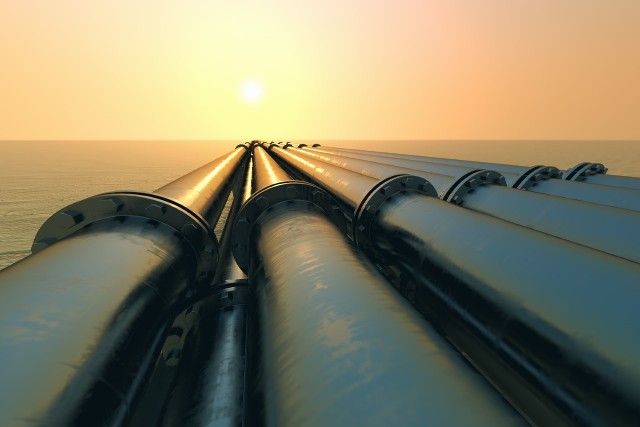
Tackling common issues in oil and gas pipelines
While pipelines play an essential role in the oil and gas industry, they are not fail-safe. Common issues include structural failures such as cracks, leaks and corrosion. In order to minimise downtime and interruptions, companies must resolve any issues quickly and effectively — this is where Remote Telemetry Units (RTUs) come in. Here, Matthew Hawkridge, chief technology officer, explains how RTUs can help to tackle the common issues in pipelines.
Operators face a wide range of issues when managing oil and gas pipelines. These large networks necessitate the continuous monitoring of remote fixed assets and data logging, while also managing complex remote automation and control applications without any operators in the field. This is where RTUs play a crucial role, particularly for ensuring critical data from the field is not missed and is available for analysis.
Specific issues that RTUs can address include the monitoring of flow, pressure and temperature; natural gas flow measurements; optimisation and secondary recovery; storage facilities; and pressure monitoring. However, because they are trusted to achieve so much, a number of practical considerations should be made when choosing an RTU system.
An RTU must have several key features. First, resilience to the site environment — for instance, can the RTU withstand hazardous conditions or fluctuating temperatures? A unit should operate with minimal drain on local power resources, with enough processing power to perform any local control algorithms autonomously.
Your chosen RTU should have extensive diagnostics capabilities. That includes a low Mean Time to Repair (MTTR), which reduces the time technicians spend on site, for improved efficiency and personnel safety. This is especially important for the oil and gas sector right now, as increased needs for efficiency, environmental protection and safety drive the market for data analysis and asset management.
RTUs should be equipped to be deployed on a vast range of assets. Once installed, the RTU can perform autonomous control in real time and then report to the SCADA system. Put simply, the real value of an RTU is that it has everything under control — which also benefits human workers.
Better decisions
With the right RTU in place, operators at the SCADA interface can supervise operations by setting new key performance indicators (KPI) or updating instructions — examples include open/close or start/stop. RTUs can then act upon these commands and manage assets locally. With this accurate, real-time data, management teams can make more-informed and better decisions.
When critical devices run in remote locations, it’s inevitable that communications will fail regularly. However, RTUs can manage this. For instance, the data an RTU collects can be used to support maintenance decisions and to verify that environmental obligations are being adhered to. Because they do everything locally, RTUs continue to run if communications break down. Historian capabilities mean the device maintains a historical log and reports back on it later. RTUs can support operators, benefit maintenance teams, health and safety initiatives and environmental management.
It’s clear that RTUs offer a solution for many of the common issues facing pipeline operators — whether structural failures or pressure monitoring, asset optimisation or logging critical data in remote locations. Through a careful choice of RTUs, operators can improve efficiency, environmental protection and personnel safety.
Information Source: Read More..–>

Press release by: Laura England, Account Director — Stone Junction

